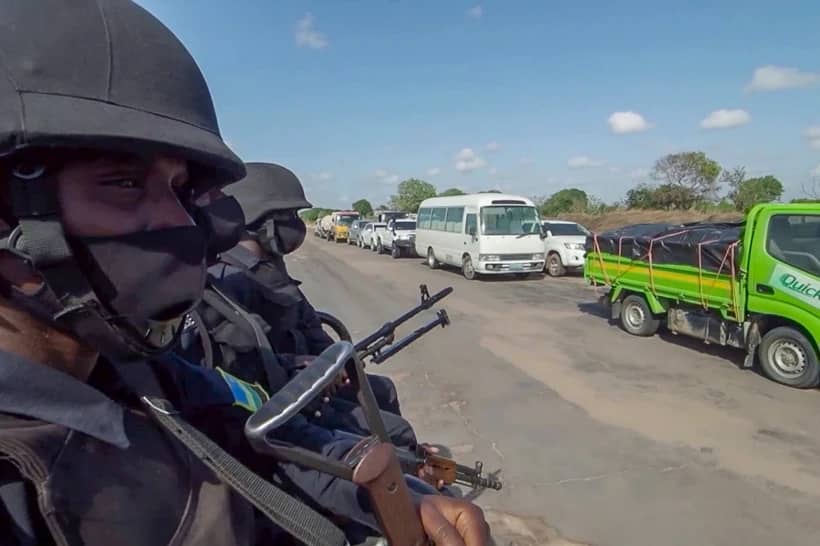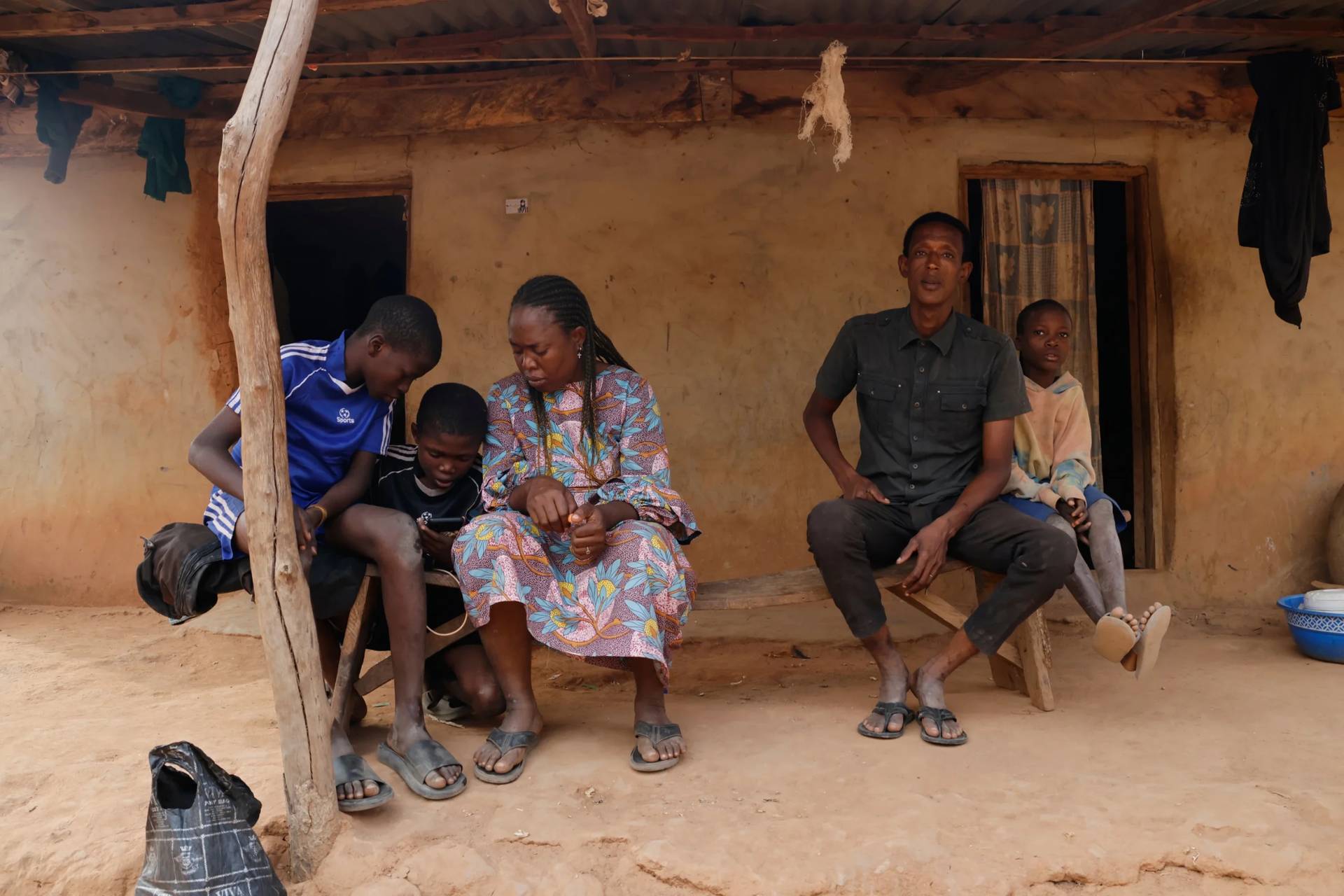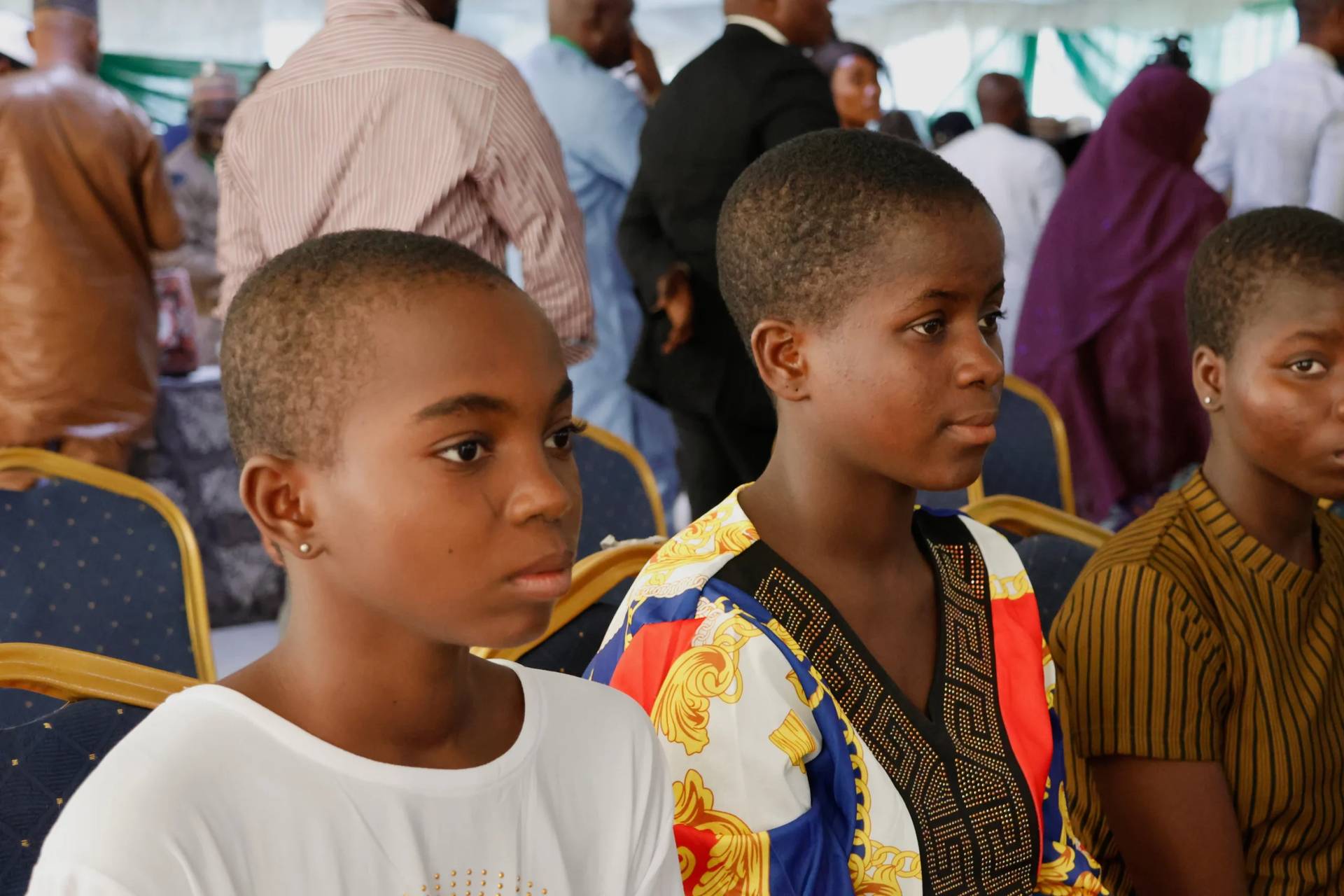YAOUNDÉ, Cameroon – South Sudan has been beset by civil conflict since it gained independence from Sudan in 2011. However, that is not the only challenge it faces: It is one of the country’s most threatened by the effects of climate change.
Although the country is usually plagued by droughts, this year vast floods have affected large parts of the country, forcing millions from their homes.
“Since 1980, South Sudan experienced decreasing rainfall that has been accompanied by rapid increases in temperature on the order of more than 1°C. This warming, which is two and a half times greater than the global warming,” said Enkas Chau, Resilience Program Manager for Cordaid South Sudan.
Cordaid is a Netherland-based Catholic relief organization and has been working to provide fuel-efficient stoves to South Sudan so the population is less reliant on firewood and charcoal.
“Deforestation has led to localized soil erosion, biodiversity loss, and altered hydrological and nutrient cycles. Deforestation is one of the significant causes of climate change as the natural capacity of absorbing carbon dioxide has been greatly reduced,” Chau said.
Following are excerpts of his conversation with Crux.
Crux: How serious is the problem of drought and other climate change-related issues in South Sudan?
Chau: Since 1980, South Sudan experienced decreasing rainfall that has been accompanied by rapid increases in temperature on the order of more than 1°C. This warming, which is two and a half times greater than the global warming.
Due to the reduced rainfall trend between the 1960s and late 2011, the area receiving adequate rainfall to support agro-pastoralist livelihoods – 500 mm – has been reduced by 18 percent. In addition to the 30 years trend of declining precipitation, there is evidence that variability in the amount and timing of rainfall will be increasing from year to year.
The Climate Change Vulnerability Index considers the risk of exposure to climate change and the resources of the country to cope with extreme weather events. On this index, South Sudan ranked the 3rd most vulnerable among 186 countries.
What is the connection between the harsh environmental conditions and conflict?
Environmental degradation has led to reduced access to natural resources like water and pasture. It was estimated that between 1973 and 2006, there had been an annual loss of rangeland of 18.5 percent due to degradation and land conversion.
While pastoralists suffer from lack to water sources and pasture, the needs for seasonal movement increased, either within the country, or even cross to neighboring countries like Kenya, Ethiopia and Sudan. While they cross into the territory of others, conflicts also increase. Cattle raiding are getting more common among herders of different communities, while cattle that damaging crops of farmers during migration lead to other forms of disputes.
There has been much dependence on firewood for fuel. How has this worsened drought and climate change and how do these consequences affect human relations in South Sudan?
People in South Sudan predominantly rely on firewood/charcoal for cooking, as there are very few alternatives for them.
The continuous use of wood as fuel for cooking and the seasonal burning of forests by pastoralists to regenerate pastures for their herds has degraded or deforested parts of the country’s natural forest areas and woodlands.
For South Sudan, studies showed that an annual linear deforestation rate of about 2 percent from 1973-2005.
Deforestation has led to localized soil erosion, biodiversity loss, and altered hydrological and nutrient cycles. Deforestation is one of the significant causes of climate change as the natural capacity of absorbing carbon dioxide has been greatly reduced.
Due to climate change, the rainfall pattern has become more erratic in South Sudan. In general, the drought cycle has been longer and more frequent. However, in 2020, exceptional rainfall has led to massive flooding in lots of places in South Sudan.
You have introduced fuel-efficient stoves in parts of the country. What are the benefits to ordinary people? How is this innovation helping to mitigate the effects of climate?
80 community representatives – 80 percent are female – were trained on production of fuel-efficient stoves.
Over 4300 fuel efficient stoves were produced by these community groups and were sold in Wau markets, which means 4300 households in Wau have adopted the use of the fuel-efficient stoves.
[Wau is a city of about 230,000 in central South Sudan.]
This market approach has helped its sustainability. The community groups as the producers are now very motivated to promote the fuel-efficient stoves and the significance of climate change adaptation, as this has improved their income through sales of stoves.
Survey among the users found that comparing the fuel-efficient stoves and the traditional stoves, the fuel-efficient stoves have helped them to save about 50 percent of charcoal requirement per day. Therefore, the pressure of deforestation has been reduced as the demand of charcoal has been reduced.
Over 48,000 residents of Wau town were reached with messages on integrated risks management, including climate change adaption, disaster risk reduction and ecosystem restoration.
With the above result, we believe the project has reduced deforestation and hence contributed to climate change adaption.














